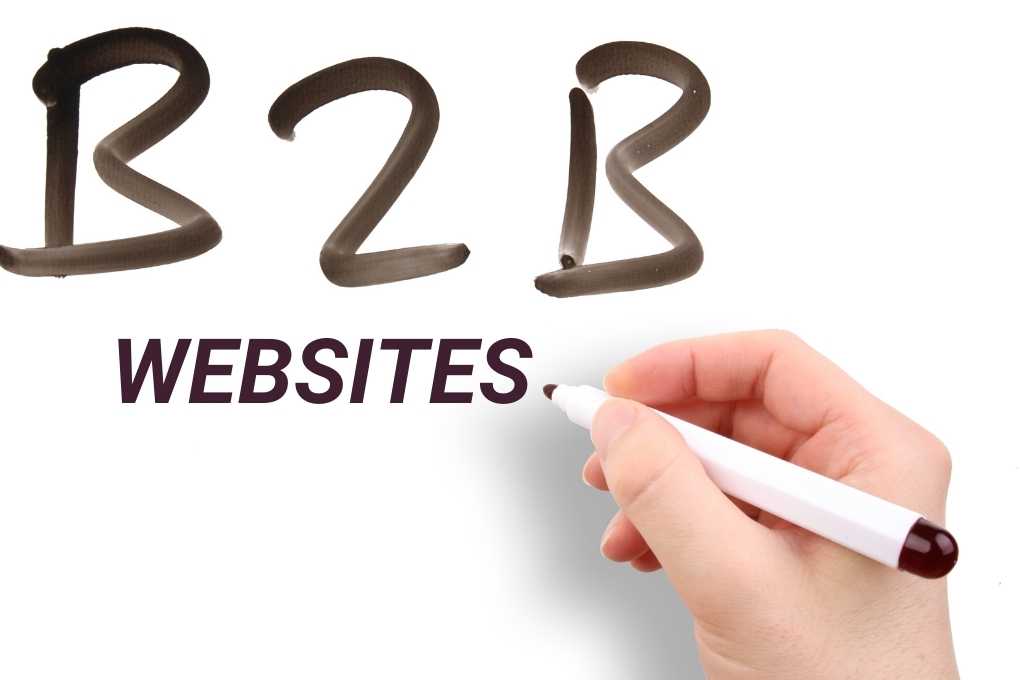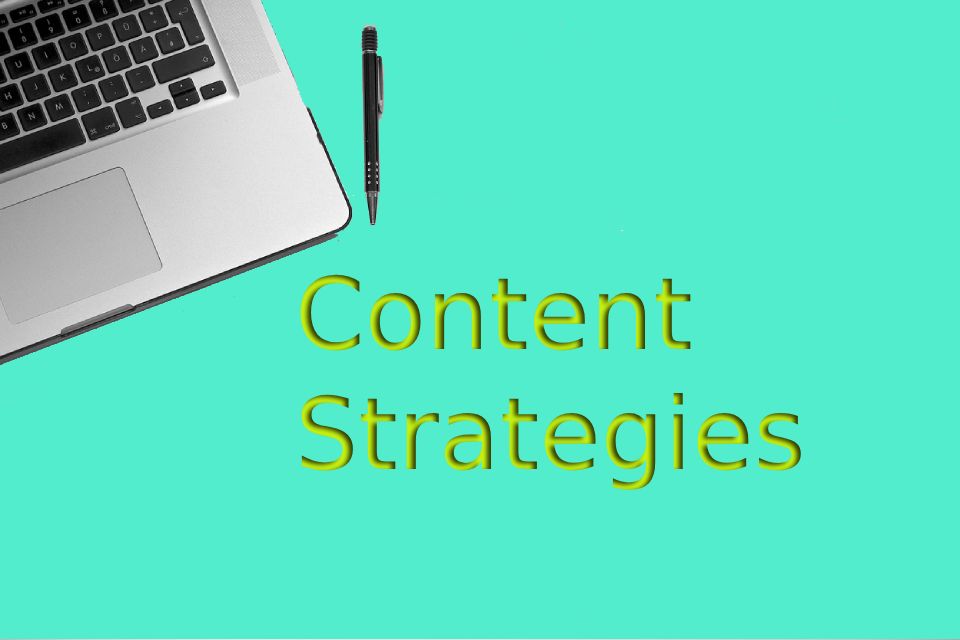Improving website conversion is often discussed during the analysis of corporate websites before website relaunch. In marketing, conversion transforms a target person’s status into a new group by performing the desired action. A conversion turns an unknown visitor to your website into a follow-up contact (lead). Typical examples of this are sending a newsletter subscription or downloading a white paper. An anonymous user of your website reveals his contact details and can also be actively approached by sales. Website conversions are therefore important parameters for measuring the success of your website.
When I check B2B websites for the first time, I often experience almost no built-in options for unknown visitors to leave their contact details. Remember that not everyone who visits your B2B website is at the same point in the sales funnel. For this reason, it is extremely important to present a variety of “offers” on your website. The average customer engages with 3-5 pieces of content before speaking to a sales rep.
The Value Of Conversion Optimization For B2B Marketing
Conversions are a way to categorize prospects and help businesses understand how people move through the buyer journey and ways to nurture them along the journey. Good conversion rates usually mean your website functions effectively and provide value to its visitors, resulting in a higher volume of qualified leads at a lower acquisition cost.
When is the best time to start conversion rate optimization? The short answer is whenever your business starts attracting traffic. It will help if you convert website visitors into leads that become customers. And everyone should strive to complete this process as efficiently and consistently as possible.
Long-term growth is unsustainable by blindly adopting best-practice tactics. It would help if you spent time understanding your users and customers. By learning as much as you can about their concerns and needs, you can address the core issues they face and provide the solutions they need. User-centric data and insights can yield extremely high value for improving conversion rates.
Many leaders in B2B companies know that their website is the most important digital marketing channel, and all the more surprising is that it is not used optimally. I’ve put together ten tips to improve conversions to get you started.
Ten Practical Tips For High Website Conversions On Your B2B Website
- Ensure easy and intuitive navigation and fast loading times to improve website conversion.
- Your website should also be displayed well and clearly on mobile devices (responsive design) and contain all the important functionalities there.
- Make it clear what your products and services’ benefits are and which industries your target customers belong to.
- Build confidence by detailing your company information such as company founder, location, specialties and awards.
- Show customer testimonials and use cases of your products or services.
- Use videos and infographics to illustrate processes, especially for complex products and services that require explanation.
- Only offer your company and product brochures as a download if you provide the interested party’s data.
- A simple way of making contact, also in the form of embedded forms, or the option to subscribe to a newsletter should be visible on every landing page.
- Create incentives for website visitors to leave their contact details, e.g., white papers, checklists, free demo versions or case studies.
- Add an analytics tool like Google Analytics to learn more about your visitors and their behavior on the website.
Think about how your corporate website is currently set up. You will certainly quickly discover the potential to generate more leads via your B2B website in the future by improving website conversion.
Also Read: SEO Benefits: Why To Choose SEO For Your Business





